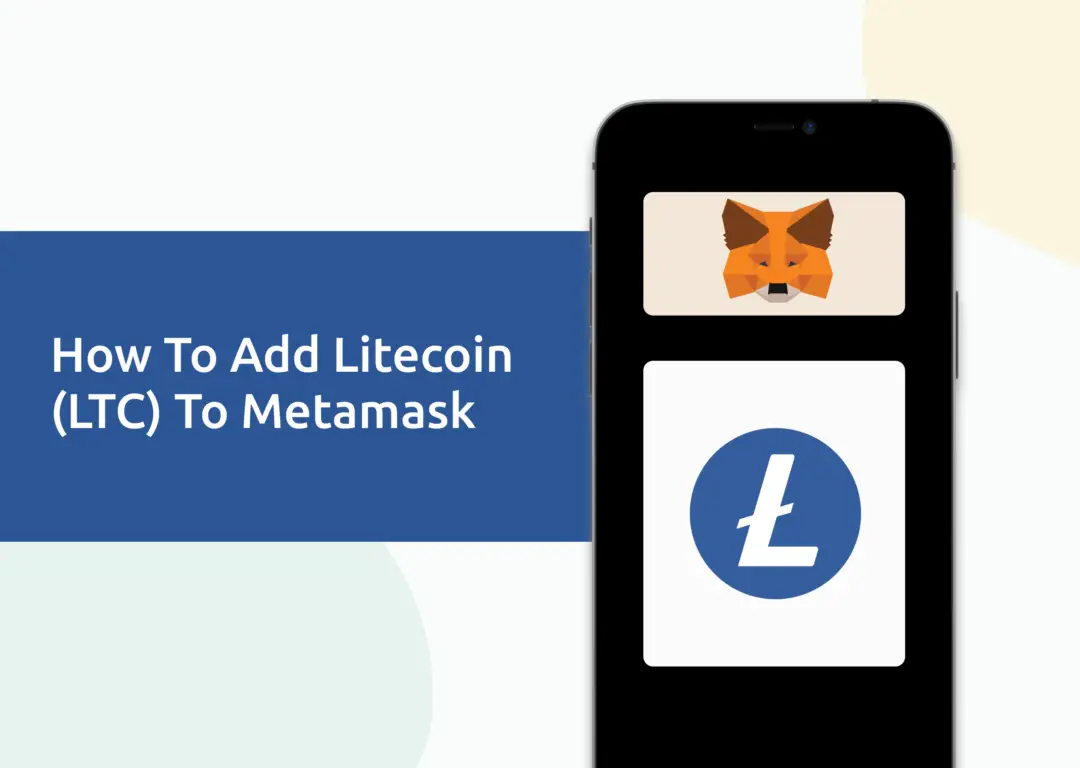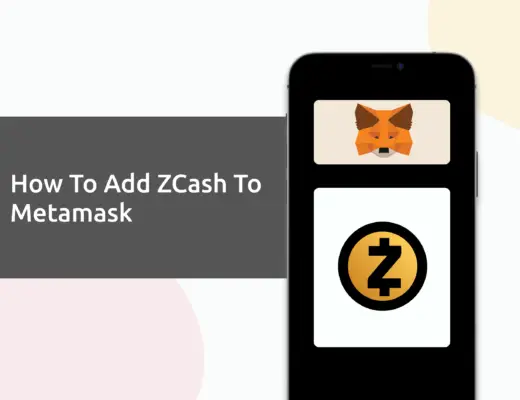Last updated on March 2nd, 2023
If you own some LTC, you may be looking to send it to your Metamask wallet. However, LTC has its native blockchain, which can’t be added to your Metamask wallet.
The only way that you can add LTC to your Metamask wallet is by the Binance-Peg LTC token, which is native to the Binance Smart Chain.
Here’s a guide on how you can do so:
Can you hold LTC on Metamask?
You are only able to hold LTC on Metamask via the Binance-Peg LTC token, and not the LTC token on its native blockchain. This is because Metamask does not support the Litecoin network, but you are able to add the Binance Smart Chain to Metamask.
The Litecoin network is not EVM-compatible, so you won’t be able to add it to your Metamask wallet, which only supports EVM-compatible networks.
You can find out more about EVM-compatible networks in the video below.
How to add Binance-Peg LTC to Metamask
Here are 4 steps to add LTC to Metamask:
- Go to Metamask and ensure that you are using the Binance Smart Chain
- Select ‘Import Tokens’, and then ‘Import Custom Token’
- Copy the Binance Smart Chain contract from CoinMarketCap
- Double check that LTC is detected and select ‘Add Custom Token’
For a video guide, you can check out this video here:
Go to Metamask and ensure that you are using the Binance Smart Chain
The first thing you’ll need to do is to ensure that you are using the Binance Smart Chain on Metamask.
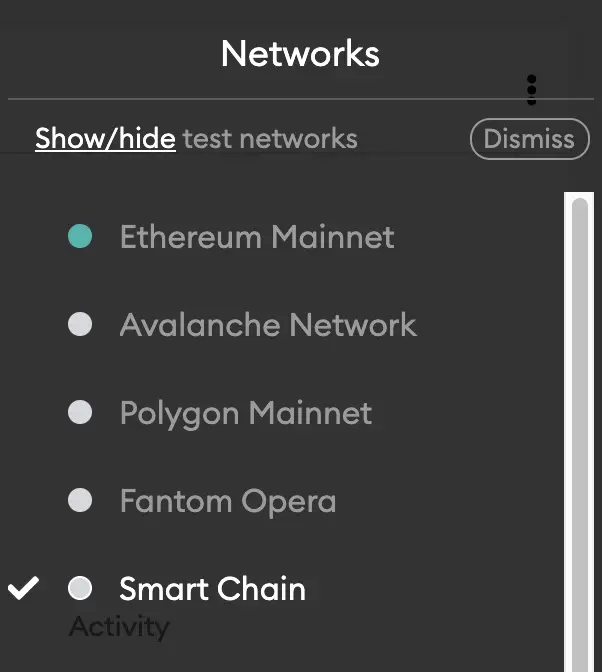
If you have not set up the Binance Smart Chain on your Metamask wallet, you can check out this step-by-step guide here.
Alternatively, you can view this video on how to add any new networks automatically with just one click:
Select ‘Import Tokens’, and then ‘Import Custom Token’
Once you’re on the Binance Smart Chain, the next step will be to select ‘Import Tokens‘.
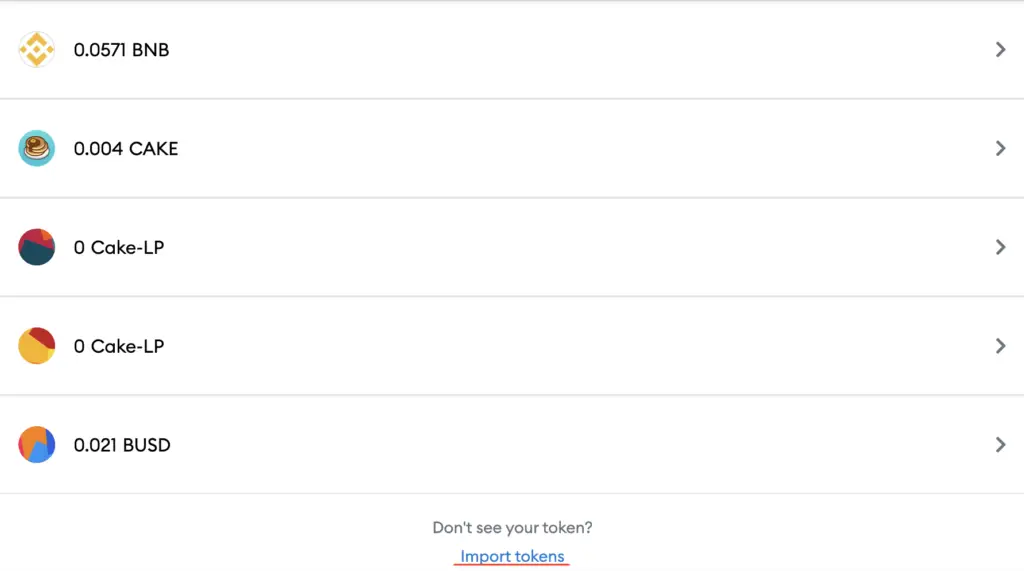
On the Binance Smart Chain network, you are only able to import custom tokens.
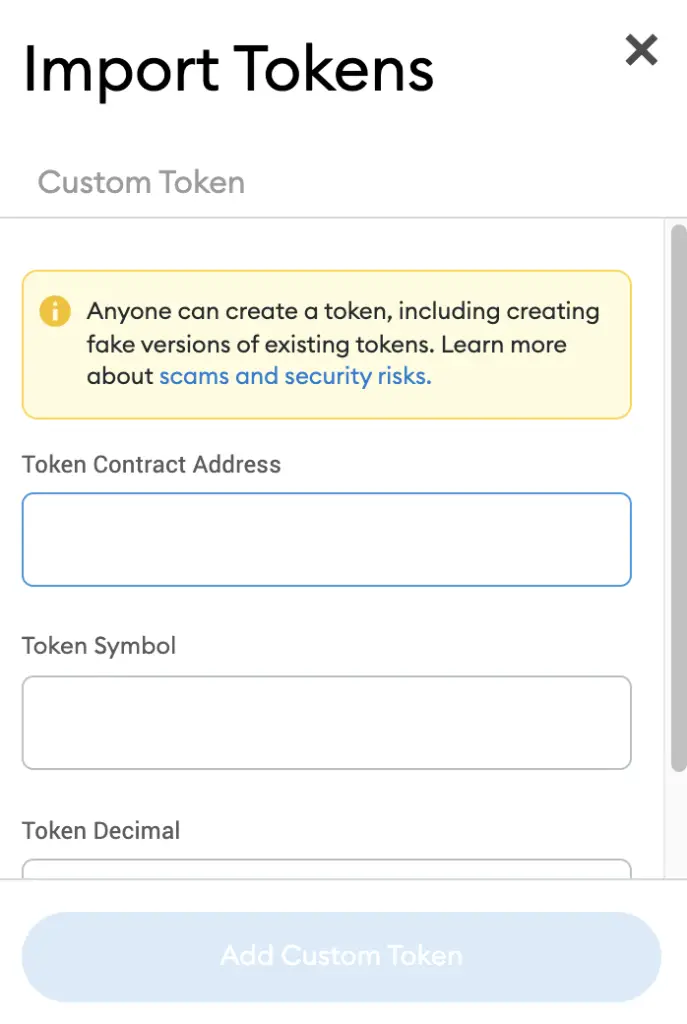
This is different from adding tokens to the Ethereum Mainnet, where you can search for and automatically add tokens like MANA or SAND.
Copy the Binance Smart Chain contract from CoinMarketCap
For the next part, you can go to the LTC page on CoinMarketCap.
I prefer using CoinMarketCap to obtain the contract address, as it is one of the most reliable sites with regards to cryptocurrencies.
It is important that you ensure that the site where you’re obtaining the contract address from is a credible source!
There is a section called ‘Contracts‘, where you’ll see the BSC contract for LTC.
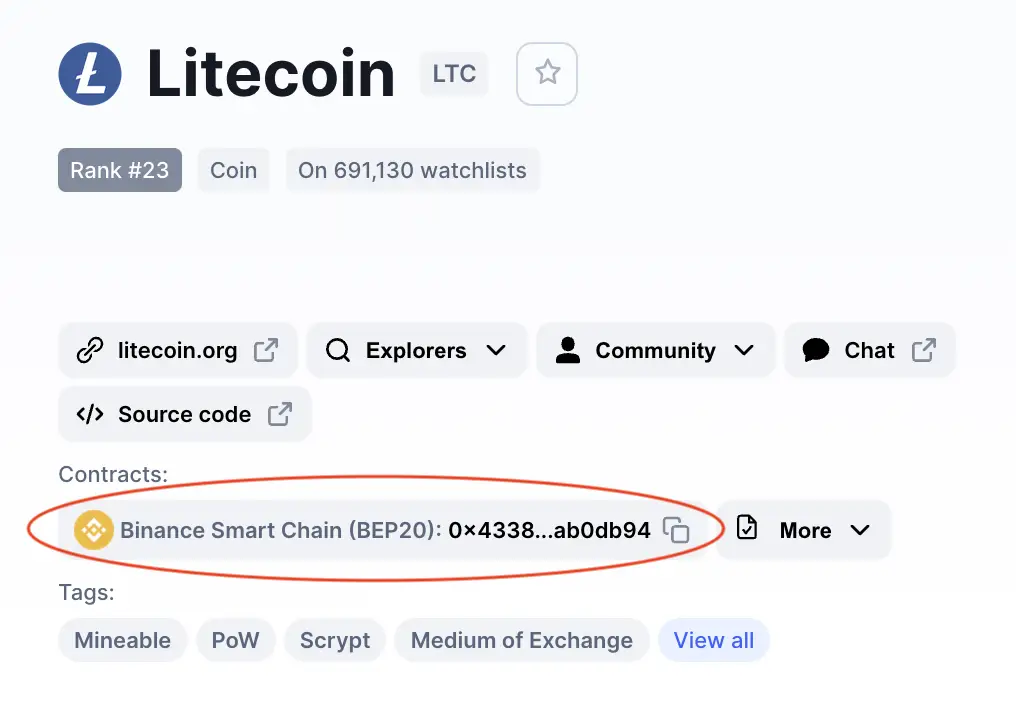
You can click on the contract and it will be copied to your clipboard.
Double check that LTC is detected and select ‘Add Custom Token’
Once you’ve copied the Contract Address, you can paste it in the ‘Token Contract Address‘ field in Metamask.
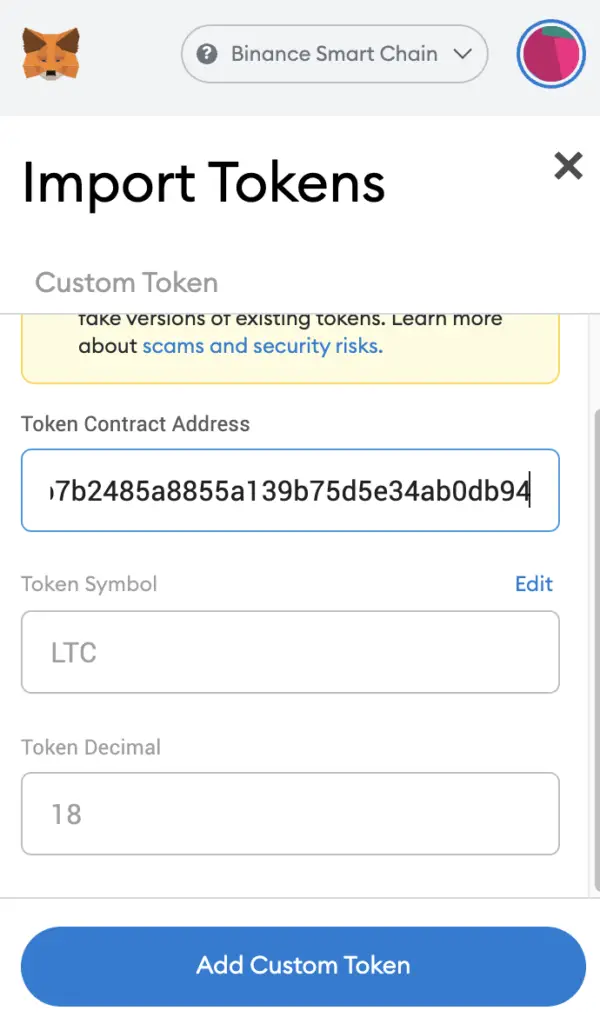
If you pasted the correct contract address, LTC should automatically appear as the Token Symbol.
After selecting ‘Add Custom Token‘, you will need to confirm importing LTC one more time.
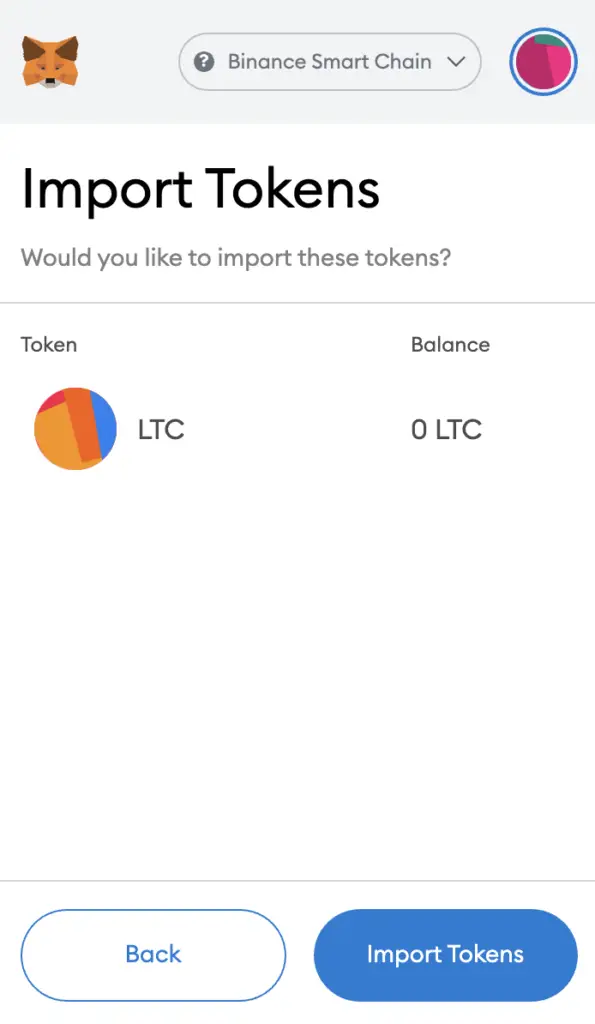
Once you’ve successfully imported LTC to your Metamask wallet, you should see it as one of your assets under the Binance Smart Chain.
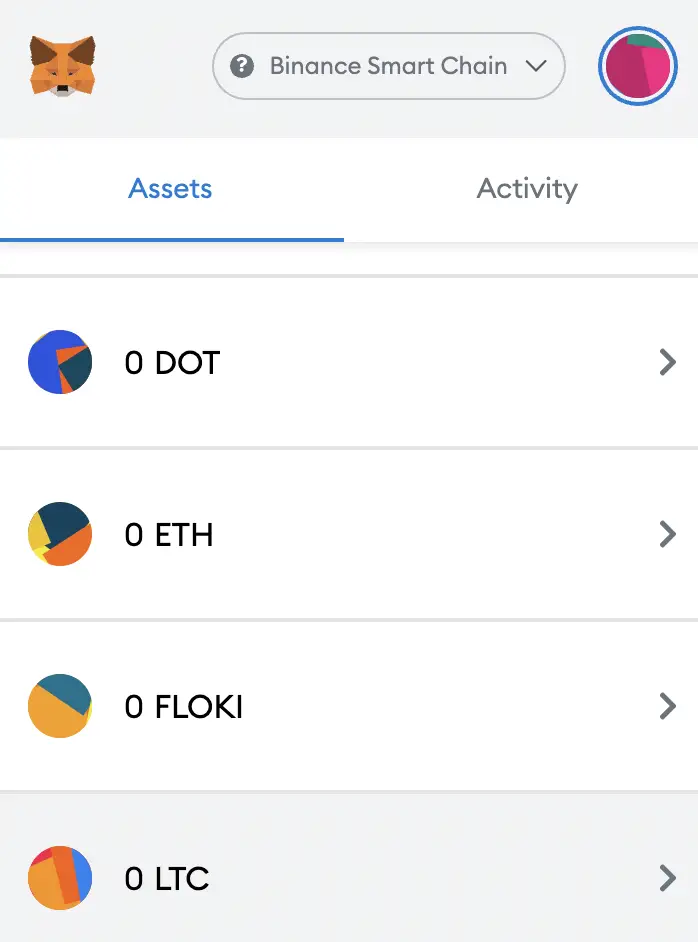
This will allow you to view any LTC that you’ve deposited via the BSC!

Conclusion
When you add LTC on Metamask, you are holding LTC that is on the BNB Smart Chain (BEP20). This allows you to send and receive LTC on the Binance Smart Chain, even though Litecoin’s native network is different from the Binance Smart Chain.
This process is similar to how you would add DOT, ADA, BTCB or XRP to your Metamask wallet too.
If you are looking to send native LTC to a wallet, you can consider using Trust Wallet instead.
After adding and receiving your tokens to your Metamask wallet, you can consider using decentralised exchange (DEX) aggregators, including:
Since both platforms are DeFi aggregators, they will ensure that you will get the best rates for any swaps that you make!
If you’re looking to generate tax reports for your crypto trades, you can consider using Koinly, which allows you to track your transactions from 350+ exchanges and 50+ crypto wallets.
Are you passionate about personal finance and want to earn some flexible income?

